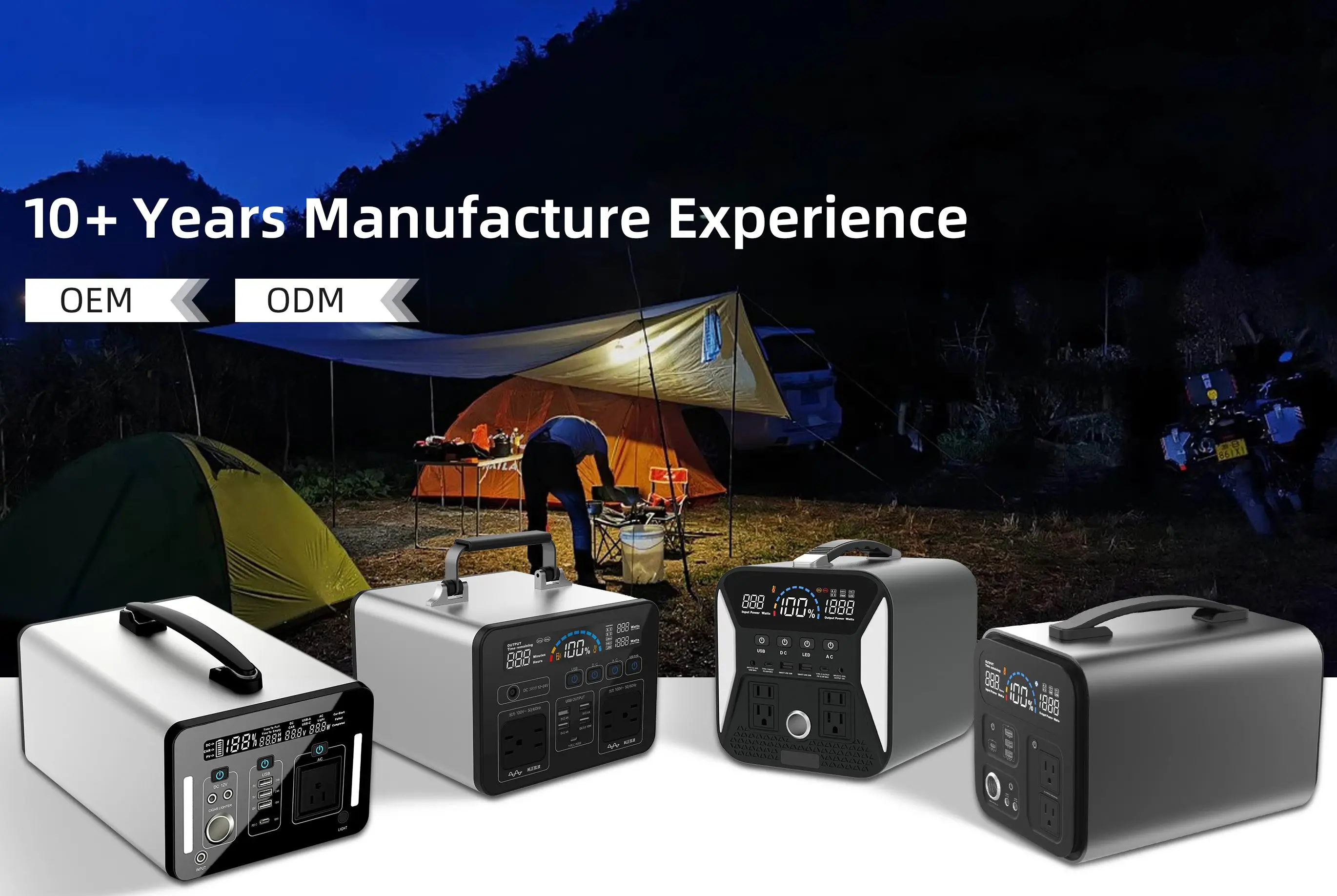
Author: isun.asia Time:2022-09-05 11:40:39 Read:2651
What is a Portable Power Station?
In short, they power electronics using a rechargeable battery. They’re similar to power banks but have a larger capacity, higher output power, and AC (wall) outlets so they can power anything from phones to home appliances. Lighter models can be taken camping and bigger models can serve as backup power during outages.
Is a portable power station just a big battery?
Is a bank just a vault? Though the battery is the main part of a portable power station, there are also a number of components and technologies that send stored energy safely and efficiently to your appliances. They have tech that makes them recharge faster, screens that show input and output, and even apps for remote energy management.
What’s the difference between a solar generator and a portable power station?
Just the names – neither a portable power station nor a solar generator create energy, they just store it so you can use it anytime. The same goes for battery-powered generators. The “solar” element just indicates that generators can connect to solar panels but so can some portable power stations.
How is a portable power station different from a power bank?
Portable power stations have much more capacity and outlets than power banks, which usually only have USB outlets. Portable power stations can be used for things that would normally plug into a wall or car outlet. This is because they have enough juice to power big things for hours and can output more electricity.
What should I look for when choosing a portable power station?
Portability, capacity, lifespan, and features are what make certain models right for some and not others. The type of battery used will have a big impact on the first three. NCM batteries are lighter while LFP batteries have a longer lifespan.
Portable Power Station Solar Panel :
Portable Power Station Solar Panel
https://site-1306369054.file.myqcloud.com/5205347167790324/K23MdApEKw.mp4
Solar Power Station Energy System / Portable Solar Generator
Portability
Battery chemistries have moved away from the lead-acid ones found in cars, and as a result, are now much lighter and more efficient. We’re still not at the point where your house can run off of a battery the size of your phone, but we’re getting a lot closer. There are plenty of things you can use with today’s portable power stations that you couldn’t have done feasibly a few years ago.
The tradeoff between weight and capacity has reached the point where you can pick up a battery that can power a TV for 24 hours. Smaller sizes you can take on a hiking trip may be able to power small appliances for a few hours. If lifting it up isn’t necessary, bigger ones usually have wheels and can power large appliances and power tools for several hours.
Capacity
How much electricity a portable power station can store is measured in watt-hours (Wh), which is one watt of electricity being used for (you guessed it!) one hour. If you turn on a 50W bulb for 10 hours, it uses 500Wh of energy.
So, let’s say you’re throwing an outdoor summer party for 3 hours and plan to bring:
• Iceless cooler (50 watts)
• Set of lights (25 watts)
• Slow cooker (75 watts)
All of the devices above add up to 150 watts, and for 3 hours would use 450Wh. A 450Wh portable power station wouldn’t cut it though. With about 10-20% of the battery being lost when powering devices, it would take a 500Wh-560Wh portable power station to make this party happen. That’s if you use if from 100% down to 0%, which is a no-no for battery health. If you plan to keep it in the 80%-20% sweet spot for maximum lifespan, you’d want a portable power station with around 800Wh-900Wh.
Seeing a battery as an investment is sort of a new concept. One of the things to compare is the cycle life. It’s will be stated as something like 500 cycles to 80% capacity.
500 cycles – All rechargeable battery’s subtly lose capacity over their lifetime, and part of this is due to their charge/discharge cycles. A full cycle is when the battery has been used a total of 100% – if you use 30% today, 50% tomorrow, and 20% the next day, that’s one cycle. That’s regardless of if/how much you recharged it on these days.
80% capacity – After the 500 cycles, then what? Your battery isn’t at the end of it’s life, it’s only at 80% of it’s original health. A battery that could once power a light for 100 hours, would only be able to power it for 80 hours. When comparing lifespans between portable power stations, it’s important the health percentage is the same: a battery that’s 500 cycles to 80% capacity is better than a battery that’s 500 cycles to 50% capacity.
At the very minimum, portable power stations should have USB and AC outlets. From there, the bells and whistles you may come across are a variety of outlets, various ways to charge, app functionality, expandable capacity (i.e., adding battery packs), and other available accessories (e.g., home integration kits and smart generators).
Gas generators do move a lot of power, we’ll give them that, but… they can’t be used inside, they’re loud, and you can’t recharge them for free. There’s also the issue with being harder to start and being pretty unsophisticated. People like portable power stations because it feels more natural to just press an “on” button and not have to winterize or check fuel levels. Gas generators were the go-to for a long time because that’s all there was, but now there are portable power stations big enough for energy demanding equipment like air compressors, table saws, and conventional ovens.
Skype: 349929921
Phone:13510421923
Tel: +86-755-83777378
Email: sales@iasun.cn
Add:A1-206,Hangcheng Chuangxin Chuangye Park,Hangcheng RD,Xixiang, Bao'an,Shenzhen,China.